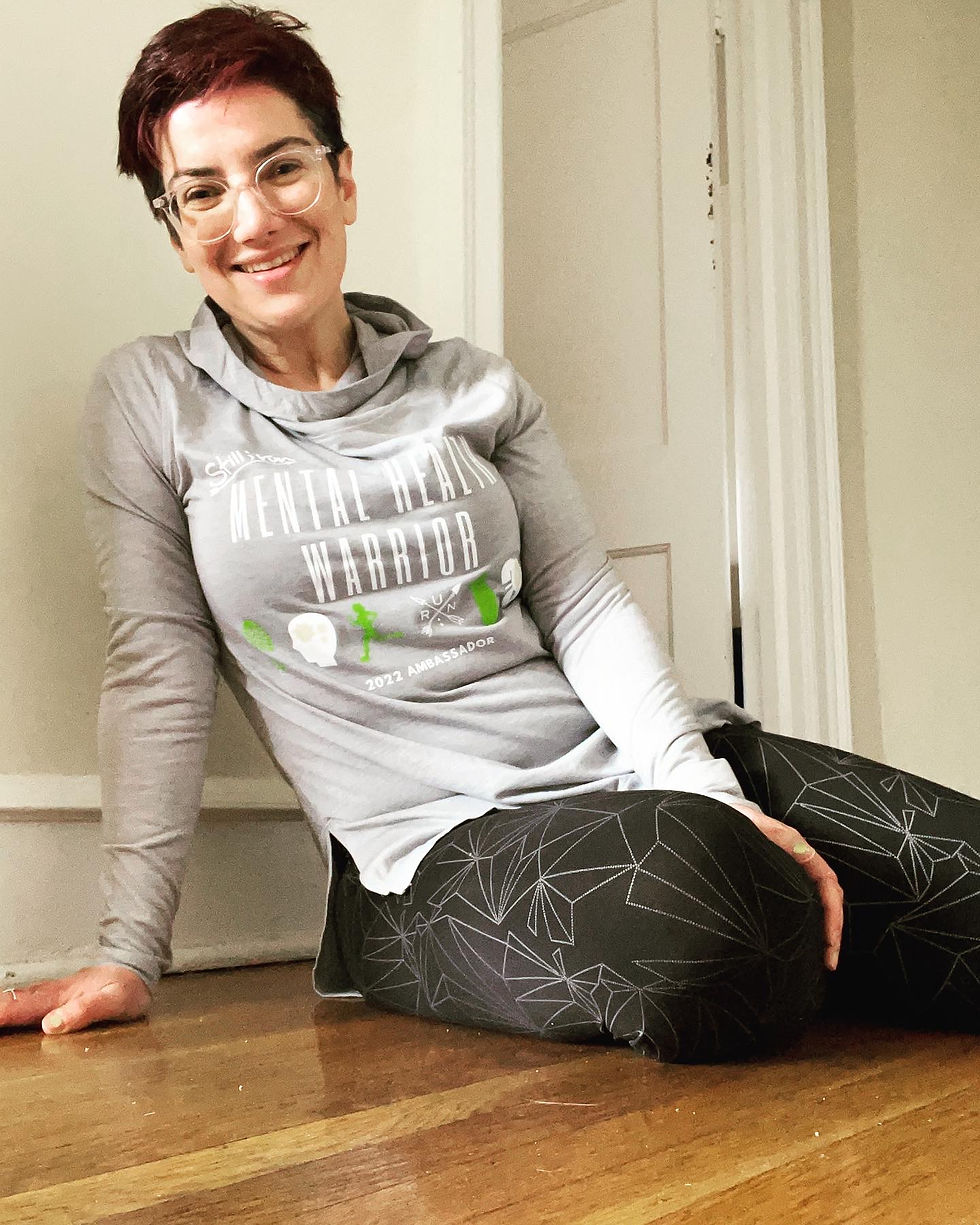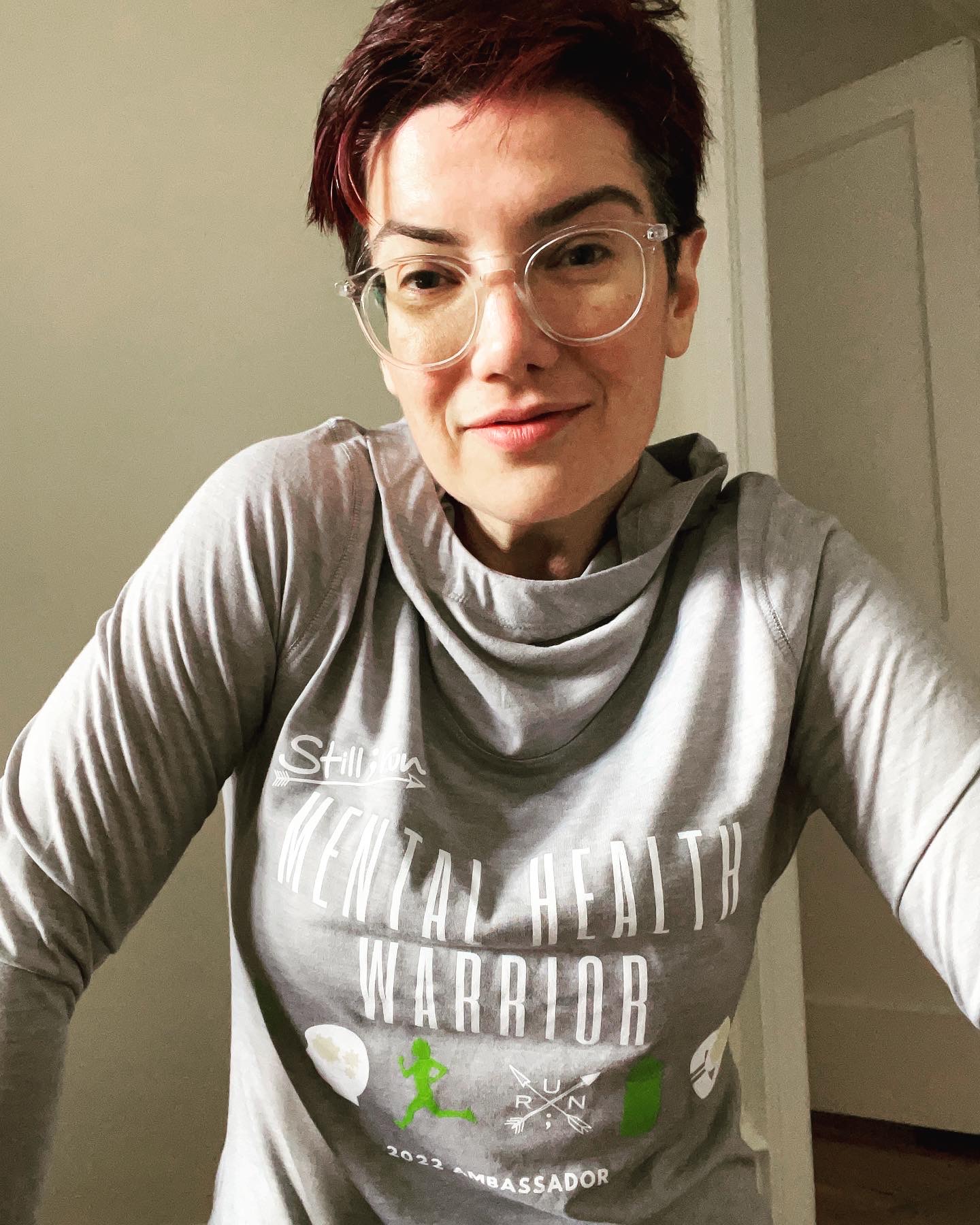Good Form: How a PE Coach Changed My Life
- Darla Himeles
- Mar 7, 2022
- 4 min read
A small moment: my PE teacher, Coach Susan Stevens, ran up beside me, with her sun-browned skin and ringlet curls and white tennis visor, as I ran the required mile around the Beverly Hills High School track. For several seconds, not more than one minute, she ran right next to me, and her few pointed words changed my life.
Like a lot of teenagers, I’d been cultured by peers to “hate running,” but my relationship to running was more complicated than that. My childhood panic disorder had been misdiagnosed as “tip of the iceberg” asthma by a well-meaning asthma doctor, which then caused me acute anxiety about exercise, especially running. Over time, I became so anxious about having an asthma attack that I would often need to quit a run after mere minutes to suck on my inhaler in vain. Hyperventilating from panic and wheezing from asthma are hard to distinguish from one another when you don't know the former is possible.
You Look Like a Runner

But on this day, in this year, I’d been struggling so intensely in the rest of my life that my body’s need to move forward, and my ego’s need to be seen as a “good student” who would dutifully run the mile, overrode the profound resistance I had built up to running. As I slogged through it in the hot Southern California sun, my head likely pounding from a migraine condition I also didn’t yet know I had, my body forgot to hate itself, to hate running. Keeping pace beside me, Coach Stevens said, “You know, you have naturally good running form. You look like a runner.” She pointed out my posture, my arm swing, my foot strike. She encouraged me, jogged back to her post, and cheered for me as I ran the remaining laps.
On the track that day, I think Coach Stevens saw in my face that I needed encouragement and, importantly, decided to offer it. She indirectly told me that running is a place where I am naturally strong. I don’t mean fast, as I’ve never been that, but powerfully me, in motion, propelled by my own muscles and breath. It was one of the most important moments of high school for me.
Not a Mess
As I have written about elsewhere, including in my poetry book Cleave (Get Fresh Books, 2021), my life as a young person was chaotic, painful, and overwhelming. While I was a high-achieving student, I was psychologically muddled by trauma and often dissociated from my body. Insomnia darkened bags under my eyes, I wasn’t eating well, and I carried a lot of self-imposed pressure to succeed at school so that I could build myself a more stable, secure life.

My mental health script from around age 10 to 38 was as follows: I am a mess, and everyone in my life is inches away from discovering it. And when they do? I will die of shame.
Untangling this storyline required (requires!) years of hard work and therapy, but Coach Stevens unwittingly played a crucial part in my healing on this day. Because you know what isn’t a mess? A body in motion, in sneakers, being told by her PE coach that she looks like a runner. Every time from then on that I ran, I gathered a little more proof that I am worthy of movement, fresh air, post-run stretching, and a hot shower. I gathered proof that as a person who runs, I am a runner. And running became self-care, self-assurance—an activity that stopped causing me to wheeze, or panic, or cry in shame clutching an inhaler. When depressed, or caught in an anxiety spiral, this basic reminder of self-worth and identity is powerful.
When high school ended, I moved out of my family’s apartment and began to slowly figure out who I was as an individual. I made silly mistakes, like smothering Domino’s pizza in garlic salt and ranch dressing. And painful mistakes, like when I tried to be a straight Christian instead of a Jewish lesbian and ended up marrying someone of the wrong gender, causing pain in multiple directions at once. I had depressions and panic attacks and perfectionism and paranoia and pain. Running couldn’t solve these things, but it was a dependable reminder of my self-worth and of my ability to keep breathing and moving forward through these life-storms.
In the rhythms of running, I began to trust my body and trust myself, which has made available to me a life more beautiful than I ever could have imagined in high school.

Good Form
As a poet, I mostly write my way through my life. “Good form,” for me, often has to do with finding the right arrangement of words on a page or in the air. It is a part of my craft.
But sometimes, or many times, my body needs me to stand up, leave my desk, and run. And every time I run, there is a high school Darla deep inside of me who hears her coach tell her she has good form. That she looks like a runner. That she is worthy of encouragement. That she can move herself forward.

